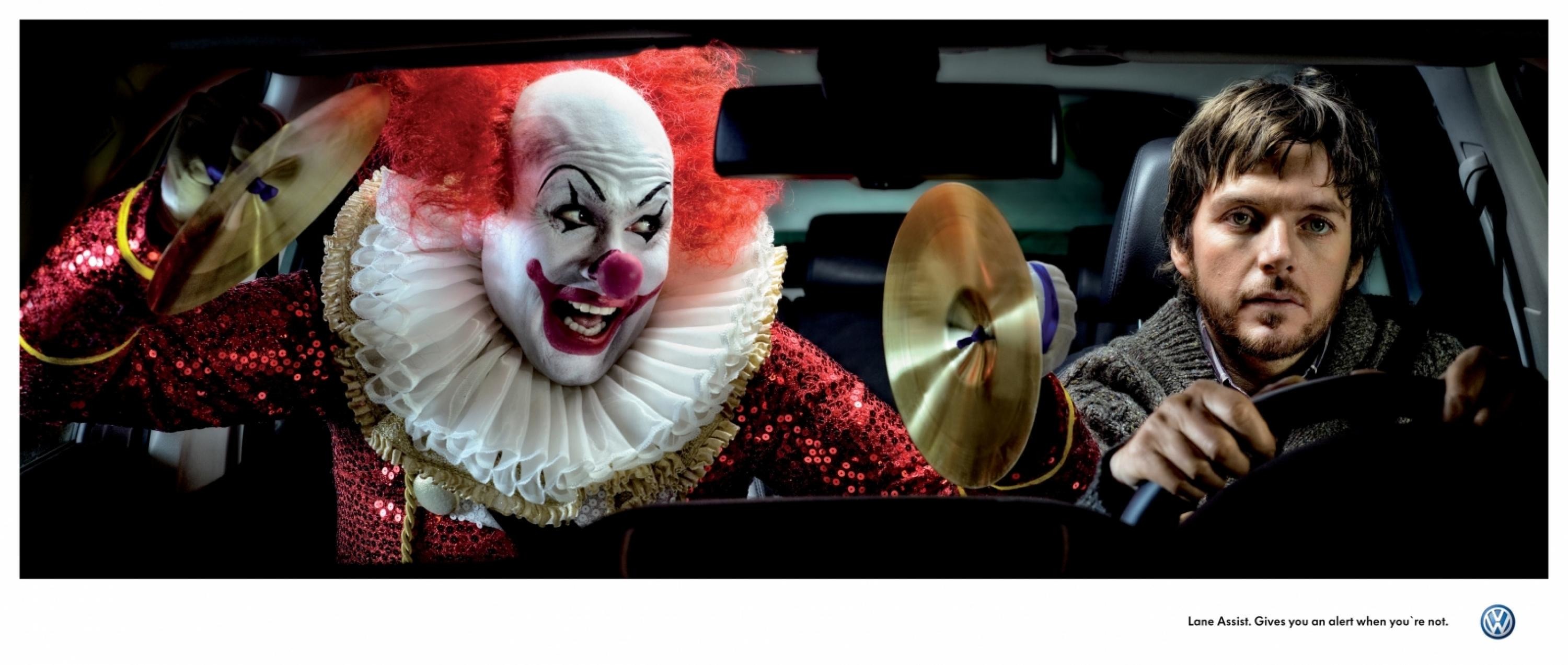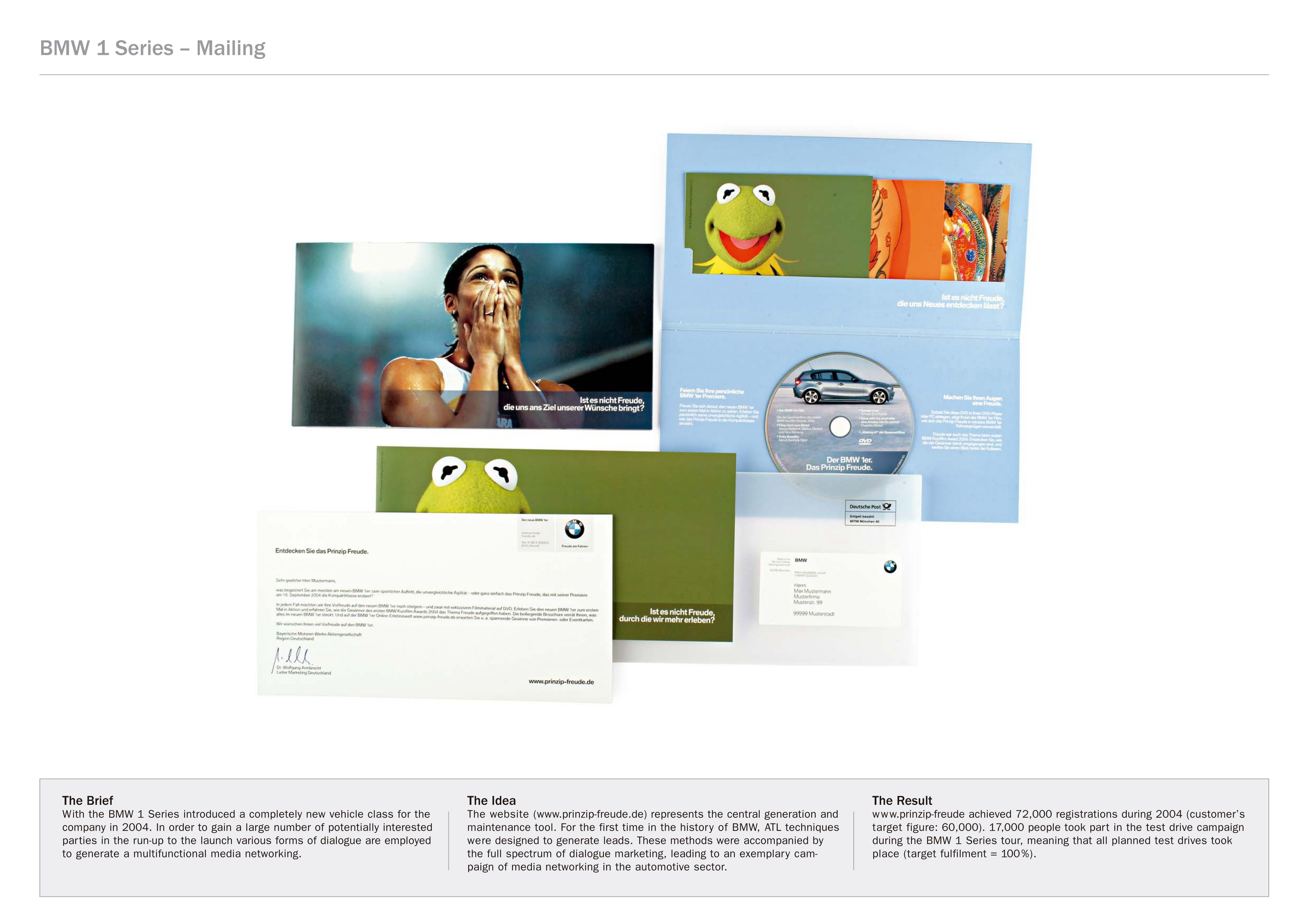Cannes Lions
BRIDGE FORECAST
THE COMMUNITY, Miami / MERCEDES BENZ / 2019



Overview
Entries
Credits
OVERVIEW
Background
Many cities grow along their rivers, but often this growth leads to packed residential areas along the waterways. With the increased population, there’s usually a problem: traffic caused by the drawbridges. And it’s even worse in cities like Miami, where the openings are unpredictable. Mercedes-Benz wanted to combat this common tension and decided to do something about it using artificial intelligence and a simple prediction system called the Bridge Forecast.
Idea
Many cities grow along their rivers, but often this growth leads to packed residential areas along the waterways. With the increased population, there’s usually a problem: traffic caused by the drawbridges. And it’s even worse in cities like Miami, where the openings are unpredictable. Mercedes-Benz wanted to combat this common tension and decided to do something about it using artificial intelligence. The idea is a first-ever prediction system, for connected drawbridges that allows commuters to be one step ahead of the bridges, and the traffic they cause. We call this the Bridge Forecast
Strategy
Our strategy was pretty simple, derive patterns from the behavior of a series of connected bridges along the Miami River. Then, take these patterns and apply machine learning to the data to develop predictive modeling and forecasting for the base model of our product. We wanted a model that was not only an expert in understanding these key bridges but one that was scalable (adding more bridges) and adaptable to other cities. We now have an intelligent system that delivers data in real-time and a model full of expansion potential.
Execution
The Bridge Forecast is fueled by real-time data of three key bridges along the Miami River. Using a computer vision model, a form of artificial intelligence, and Nest cameras, we studied the bridges for months to draw conclusions and understand patterns within the data. We then applied machine learning to the base of data to create a prediction system to determine when a particular bridge will go up within a 5-7-minute window. The guts of the system were then fed into a simple mobile interface with real-time updating of the bridges. In our case, the intelligence is on the back-end and the front-end is all about clear reporting of the status and the prediction, all hands-free for drivers. We also opened up the API for integration in navigation apps and have already made an impact on local traffic reporting showing the usefulness of our system.
Outcome
Through our analysis, we calculated that the bridges go up an average of 51 times a day for a total of 210 minutes. The time we can save each commuter is upwards of 40 minutes per day if they use the same route to and from work. Our billboard delivers roughly 377K weekly impressions of the Bridge Forecast for commuters to optimize their routes. Our system predicts at an approximate 91% accuracy for the primary bridges along the Miami River, and as noted, our model is scalable and adaptable to other cities. We have already made an impact on local traffic reporting showing the usefulness of our system. We also decided to open up our data through a public API in hopes of integration with navigation apps like Waze and Google Maps.
Similar Campaigns
12 items








